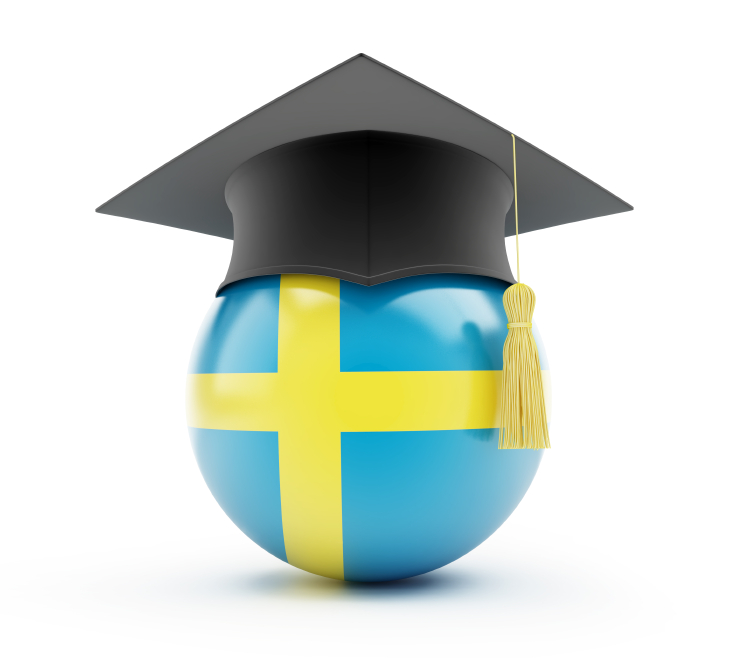Higher Education in Sweden

Educational system
The Tertiary Education system within Sweden is divided into two main areas : Research- Oriented education (which is subsequently offered by research universities) and higher professional education (offered by universities of applied sciences). A high percentage of these Universities are state-funded or subsidized, however a number of private universities and colleges also exist. In Sweden more than 40 universities exist, out of which three, able to award third cycle degrees are private, with the most renowned one being Chalmers University of Technology, located in Gothenburg.
Universities and University Colleges
The largest distinction between higher education schools lies within its names and functions. In Sweden, universities and university colleges högskola can be found that differ in a few key aspects. While universities are allowed to offer first, second and third cycle degrees to its students, university colleges are only allowed to offer first and second cycle degrees. However högskola are able to request and be granted the right to award PhDs in certain fields.
First and Second Cycle Degree
The most prominent degree programs in Sweden are first and second cycle programs. In autumn of 2012, a total of about 357,000 students were enrolled in first and second cycle degree programs, as compared to roughly 19,000 third cycle students during the same term in 2012. The most prominent first and second cycle degree programs are in the field of social sciences and law, with 42% of the total students, followed by humanities and theology with 16% and technology with 14% of all students.
